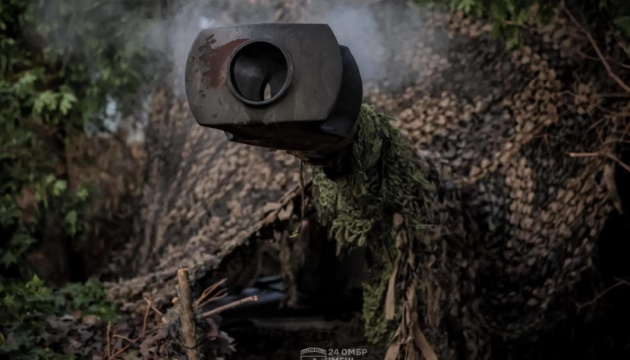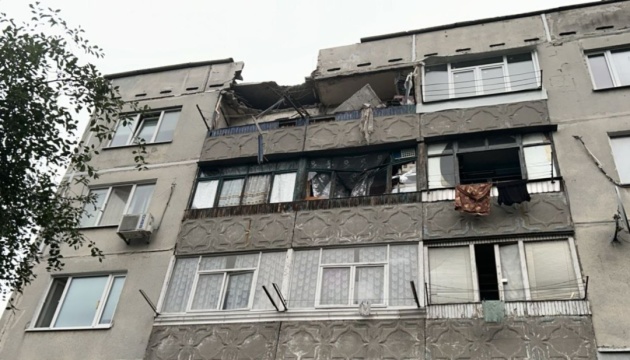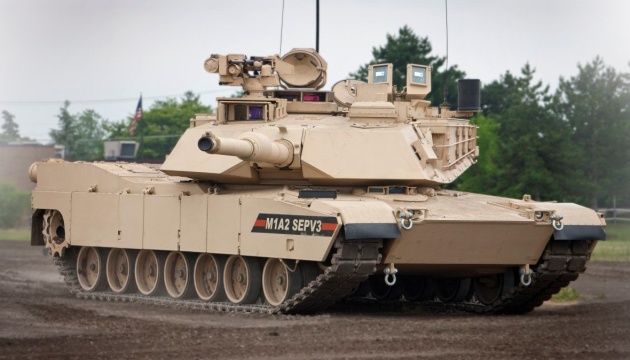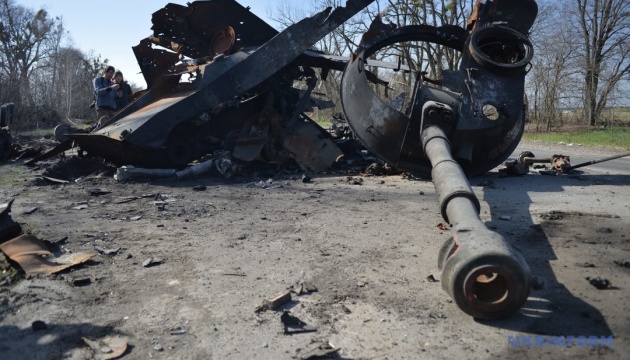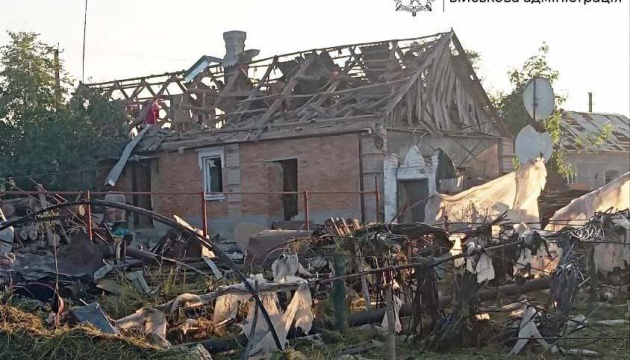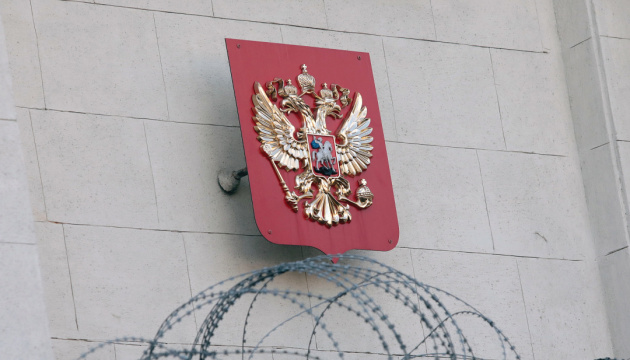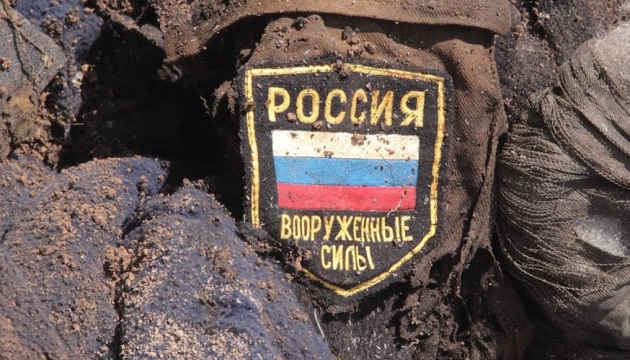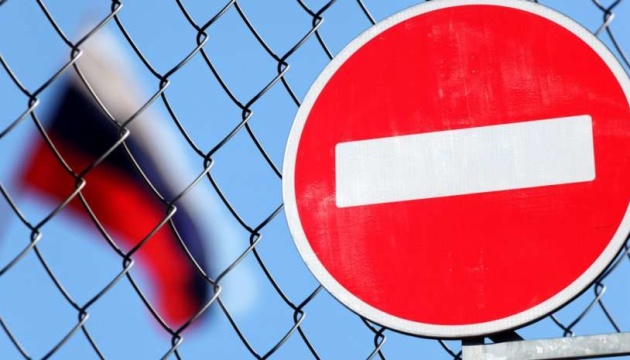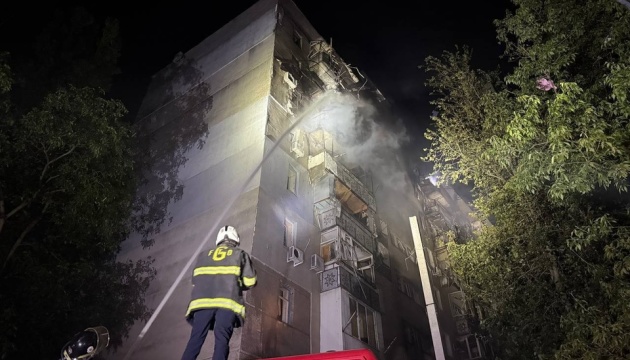Civilians injured as Russians attack Kostiantynivka in Donetsk region
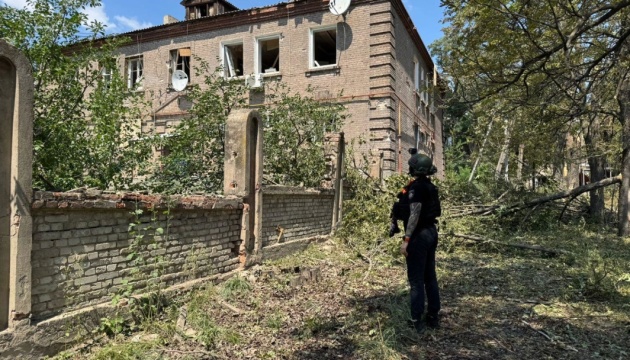


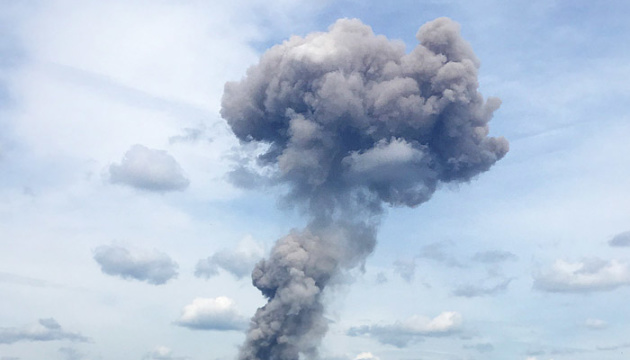

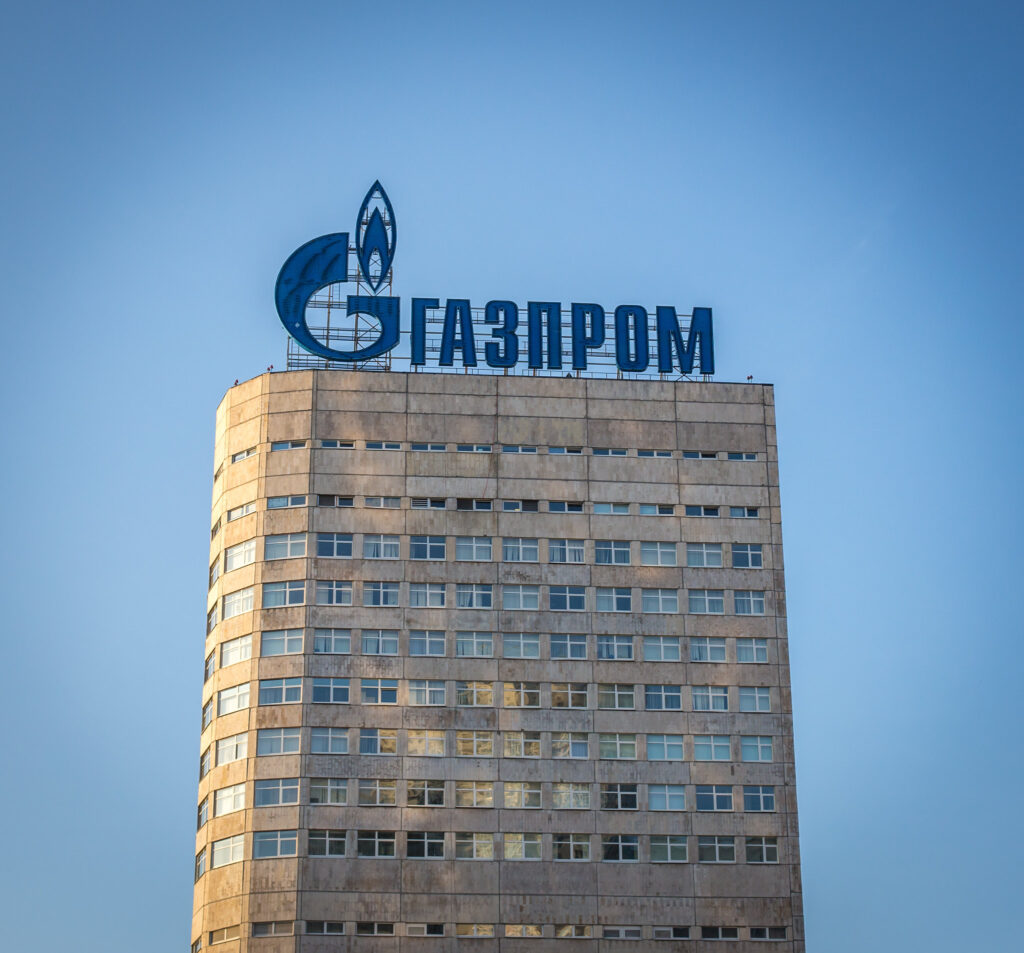

A Ukrainian cyberattack on Gazprom systems has reportedly crippled the Russian state gas monopoly’s digital infrastructure, Suspilne reports, citing a source in Ukraine’s Defense Intelligence (HUR). The hackers wiped data from physical servers, cloud platforms, and all backups, targeting critical control systems that manage Russia’s gas flows, finances, and internal operations.
Suspilne reported earlier that the attack took place on 17 July. Now, Suspilne’s HUR source said Ukraine’s intelligence operatives obtained full access to all of Gazprom’s information systems, reaching a depth of penetration that the source described as “unprecedented.” The access reportedly included internal analytics, core servers, digital platforms, and user credentials from across Gazprom’s operational hierarchy.
According to Suspilne’s reporting, the operation began with full infiltration and ended with a coordinated deletion of all available data — including security systems, server control modules, and support networks that kept Gazprom’s infrastructure running.

Suspilne reports that more than 390 subsidiaries and branches were affected, including Gazprom Teplo Energo, Gazprom Obl Energo, and Gazprom Energosbyt. The breach extended into Gazprom’s SCADA and GIS systems, which control gas and oil pressure, distribution flows, well data, and infrastructure networks.
The HUR source also claimed that Gazprom’s financial records, tax data, contract logs, and legal documents were destroyed. Among the deleted systems were modules managing supply schedules, customer volumes, tariffs, payments, licensing, and regulatory files.
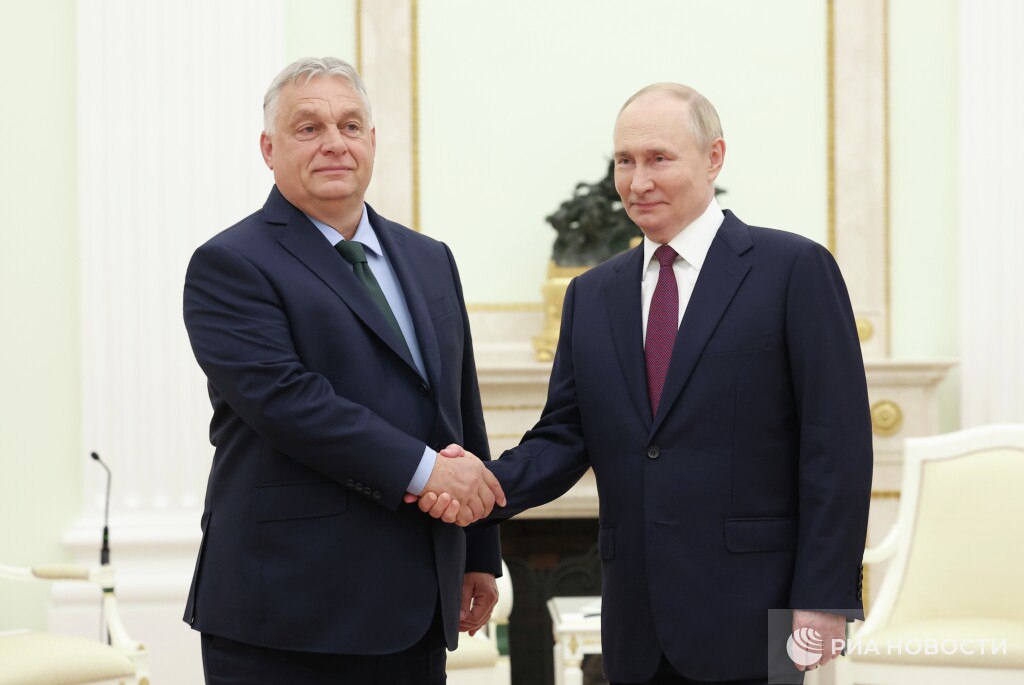
The scale of the operation, Suspilne’s source stated, could lead to a partial or total collapse in Gazprom’s ability to function. Without operational systems, the state corporation may be unable to sign new contracts, manage its gas supply network, or maintain stable financial operations.
The source further suggested that the consequences could include regional disruptions to gas transport and delivery, a potential default on corporate obligations, and sharp devaluation of Gazprom’s stock, possibly triggering instability in banks that finance the energy conglomerate.
Using custom-developed software, Ukrainian cyber operatives reportedly deleted all data stored on Gazprom’s physical servers and cloud infrastructure, including backup copies.


The full-scale war in Ukraine will continue beyond 2025, said Robert Brovdi, also known as Madiar, the commander of the Ukrainian Armed Forces’ Unmanned Systems, during the LANDEURO conference in Germany’s Wiesbaden, UNIAN reports.
“We don’t see the end of the war coming tomorrow — or likely even this year. Putin is sending more infantry than we can destroy,” Madiar stated.
According to him, the main threats include massive Shahed drone attacks, Ukraine’s shortage of mobilization resources, and the enemy’s numerical advantage.
“Everyone who wanted to fight is already fighting,” he noted.
However, the Ukrainian Armed Forces are already working on solutions: plans include replacing infantry with ground-based drones and building a multi-level “drone wall” to intercept everything coming from Russia.
“This wall, taller than the Great Wall of China, is already being built,” the commander concluded.
Brovdi became the commander of the Ukrainian Armed Forces’ Unmanned Systems in June. After taking the position, he announced he would work on the new Drone Line project, a 10-15 kilometer “kill zone” where enemy forces cannot advance without suffering significant losses.
His program also includes:
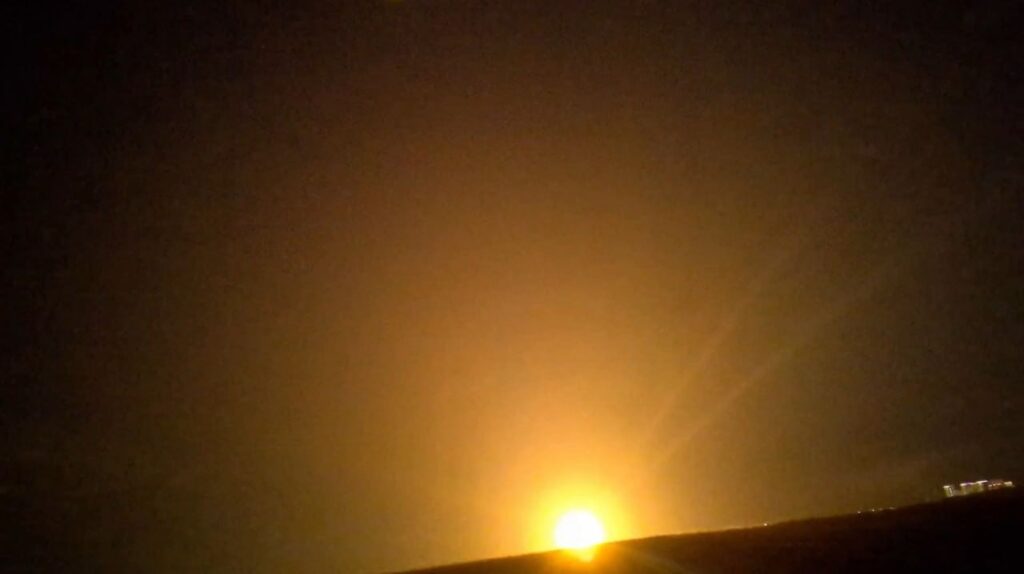

Explosions erupted across Moscow and Rostov oblasts in the early hours of 19 July. Local reports described drone flyover sounds, fires, damaged infrastructure, and halted train services following a large-scale drone attack. However, no reports confirm any damage to key military or military-industrial infrastructure.
In Moscow Oblast, residents of Dmitrov and Zelenograd heard multiple explosions overnight. Russian news Telegram channel Astra posted footage showing burning debris in a field near Dmitrov. Locals wrote that “something fell in the field and exploded.” Messages in community chats described blasts from several locations within the Dmitrov district.
Astra quoted local officials saying a drone had been shot down, and its wreckage damaged a high-voltage power line in the area. Mikhail Shulavov, acting head of the Dmitrov district, confirmed the fall of debris, noted there were no injuries, and said repair crews were already fixing the line.
Pro-Kremlin Telegram channel Mash also reported explosions in Mozhaisk and Dmitrov. Baza, another Telegram channel, said six explosions occurred in Zelenograd.
Moscow Mayor Sergei Sobianin claimed Russian air defenses shot down 14 drones targeting the Russian capital.
In Rostov Oblast, acting head Yurii Sliusar claimed fires in Kamensk-Shakhtynskyi. Falling drone debris allegedly set multiple detached houses on fire and ostensibly injured one person.
Sliusar added that a transformer caught fire in Kamenskyi Raion, disabling a high-voltage line. As a result, five settlements lost power. According to Sliusar, about 2,000 people live in the blackout zone.
The drone strikes triggered major rail disruptions in Rostov Oblast. Passenger service was halted after the attack disabled power infrastructure on the Lykhaya–Zamchalovo railway segment or the Russian Railway (RZhD).
Astra cited passengers at Rostov station claiming they sat for hours in trains without ventilation or air conditioning. One said that “everything is immobilized” after a strong strike at Lykhaya station.
Russian Railways later confirmed that over 50 long-distance trains were delayed. Several regional electric trains were also canceled. Delays ranged from 1.5 to 3.5 hours. Later reports from RZhD said train service on the damaged line had resumed.
Ukrainian Telegram channel Supernova+ posted footage of a fire in Russian-occupied Tokmak in Zaporizhzhia Oblast. The caption reads:
“In Tokmak … after a UAV attack there is a healthy glow.”
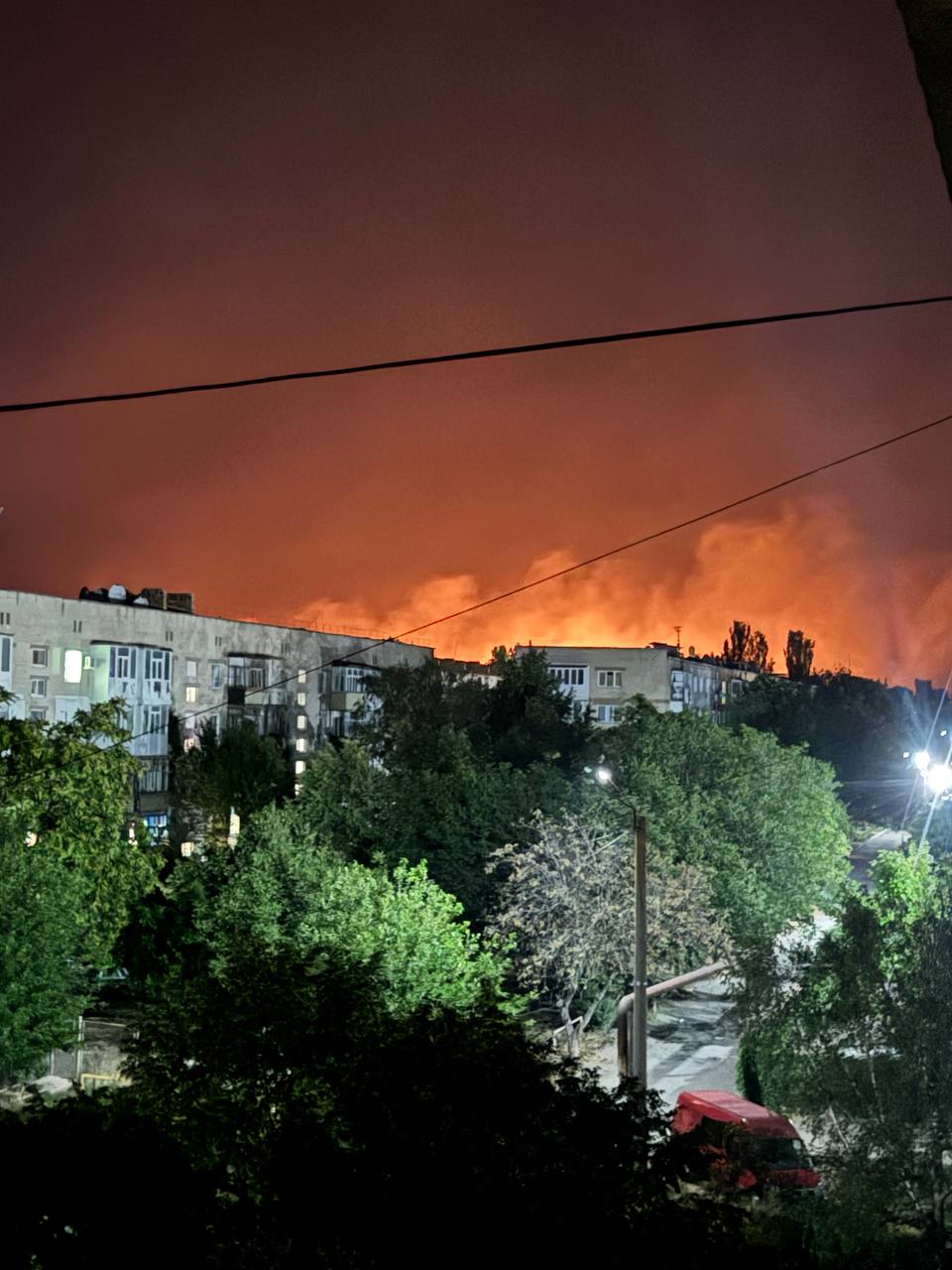
On the evening of 18 July, a fire broke out at a military facility in central Rostov-on-Don. Astra verified the location as military unit 74330 on Krasnoarmeiska Street, near Sokolova Avenue.
Local media had earlier reported a fire in the same area.


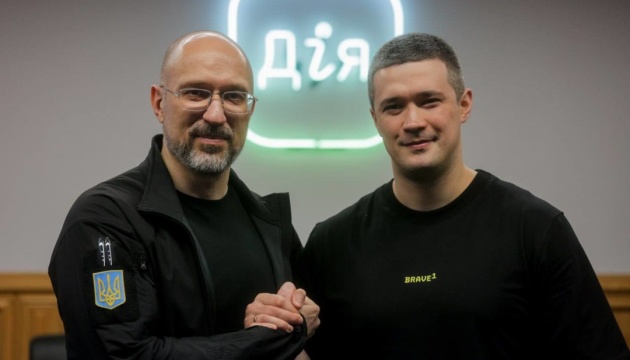



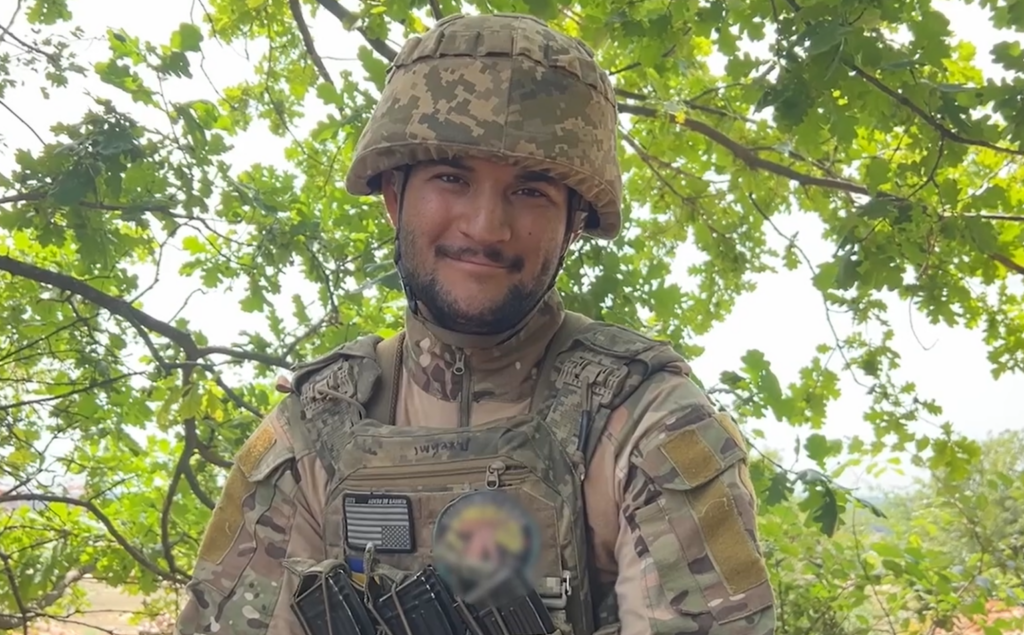

“I want my children to grow up in Ukraine”. James, an American volunteer known as “Sonechko” or Sun, has voluntarily joined the 154th Separate Mechanized Brigade of the Ukrainian Armed Forces.
He is a part of the International Legion of Ukraine, a military unit within the Ukrainian Ground Forces, composed of foreign volunteers. Formed in 2022, the legion has attracted thousands of foreign volunteers from over 50 countries, including the US, UK, and Canada, to fight against Russian aggression.
He has been living in Ukraine for a year now and plans to stay there.
“I want to help Ukraine as much as I can. That’s why I’m here. Maybe after the war, my children will grow up here,” James said in a comment shared by the brigade on social media.
His native language is Italian, and although he’s only just learning Ukrainian, James can already communicate freely with his fellow soldiers. He says the decision to become a fighter was thoughtful and deliberate.
“This is my life. I did everything I could to be here, and now I am. The people here are quite professional. It’s not bad at all,” he continued.
Earlier, Chief of Staff of the 2nd International Legion, Pavlo Slavyntskyi, explained that the distinguishing feature of foreign volunteers units is that all of them came to Ukraine of their own volition. No one recruited or persuaded them, Dzerkalo Tyznia reports.
Inside the units, there’s no pomp or patriotic slogans. Slavyntskyi stated that some of the figters want to earn money, while others — to boost their CVs, gain experience, learn military affairs, equipment, or tactics of warfare. Some want to fight for freedom and justice, and some simply want to kill Russians.
He said that Americans, Brits, Europeans are mostly men over 40, who came to finish the war they didn’t finish in Afghanistan or Iraq.
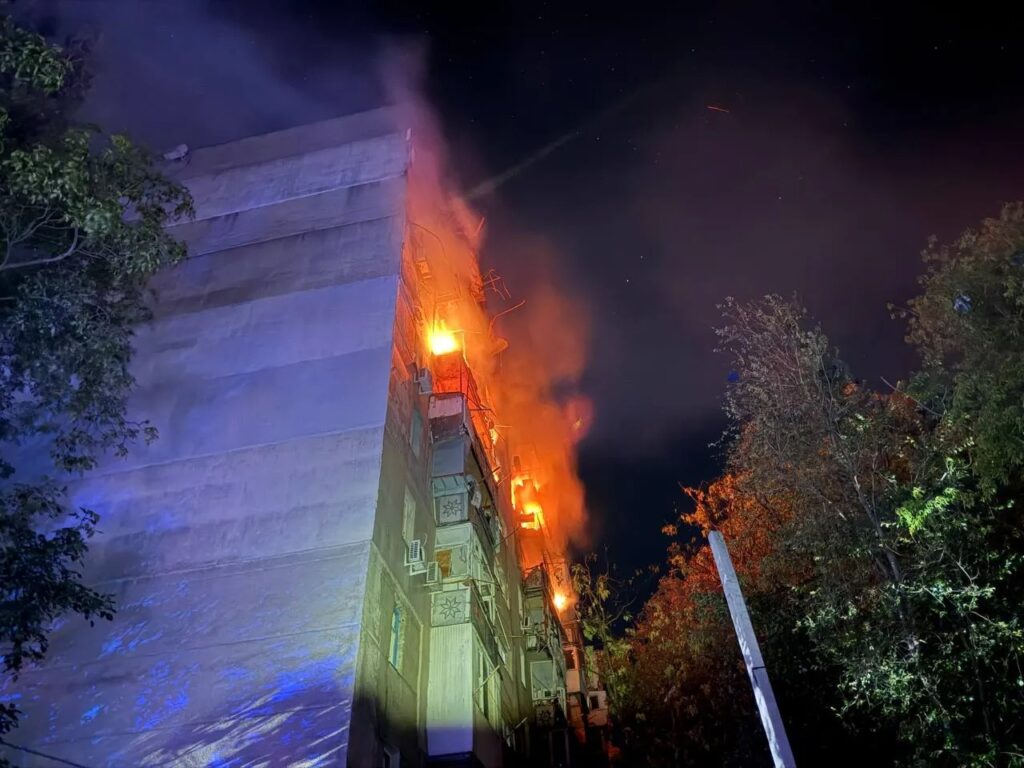

Last night, Russia resumed full-scale aerial strikes after several quieter days, launching almost 350 drones and 35 missiles in one night. Ukraine intercepted more than 200 Russian drones and missiles overnight, but dozens still broke through, hitting homes, schools, and civilian infrastructure in several regions, according to local authorities. The Russian drone assault killed a woman in Odesa and injured six more civilians, including a child. Meanwhile, Russian forces continued their “human safari” in Kherson, injuring two civilian men with a small drone.
According to the Ukrainian Air Force, Russia launched a total of 379 aerial weapons overnight on 18–19 July. The strike included 344 Shahed-type drones and decoys, 12 Iskander-M ballistic missiles, eight Iskander-K cruise missiles, and 15 Kh-101 cruise missiles. Launches came from multiple directions: Bryansk, Kursk, Orel, Millerovo, Shatalovo, Primorsko-Akhtarsk, occupied Crimea, and from Russian aircraft over Saratov Oblast.
Despite the heavy interception effort, five missiles and 30 drones struck civilian and infrastructure targets in 12 locations, while drone debris fell and caused additional damage in at least seven more, the AF says.
In Odesa, over 20 Shahed drones approached from different directions, local authorities reported. One hit a nine-story residential building, sparking a fire that engulfed the upper floors. Emergency services rescued five people from the building. One of the rescued victims, a woman, died from her injuries.
In total, the attack injured six civilians, including a child. Prosecutors opened a war crimes case under Article 438 of Ukraine’s Criminal Code.
In Pavlohrad, Dnipropetrovsk Oblast, Russian forces launched over 100 drones and missiles at the city. Officials described it as the most massive strike on Pavlohrad to date. Explosions damaged a fire station, multiple industrial sites, a school, and a five-story residential building.
Regional head Serhii Lysak later confirmed that nine apartment buildings, a private home, and an educational facility were damaged. No injuries were reported.
In Kyiv, falling debris from an intercepted drone damaged the roof of a residential building in the Darniytskyi district. The Kyiv Military Administration reported no fire or injuries.
In Kyiv Oblast, the air defenders intercepted more than 20 drones. In the Vyshhorod district, a civilian car was damaged. No casualties were reported.
In Sumy Oblast, Shostka came under attack for nearly four hours overnight, injuring locals. In the morning, Russian forces added guided air-dropped bombs to the assault. Six bomb strikes were confirmed on the Shostka community.
Mayor Mykola Noha confirmed infrastructure destruction, with damage to two apartment buildings and four private homes. No injuries were reported.
In Chernihiv Oblast, Shahed drone strikes damaged infrastructure in Nizhyn and the village of Vypovziv. Local officials confirmed three direct drone hits. No casualties were reported.
Suspilne reported an explosion, heard in several districts of Zaporizhzhia this morning.
Separate from the mass long-range drone and missile strike, a Russian drone deliberately attacked a private home in Kherson’s Korabelnyi district around 04:00. Two civilian men, aged 28 and 34, were wounded and hospitalized in moderate condition.
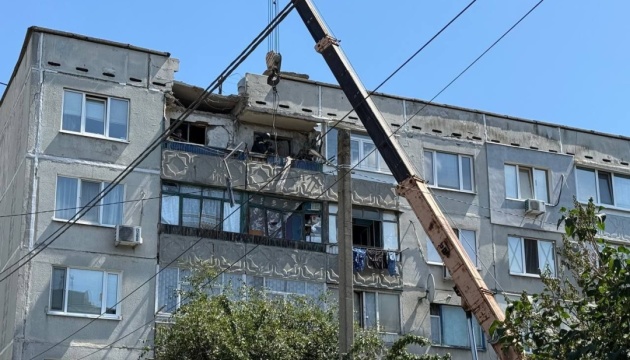

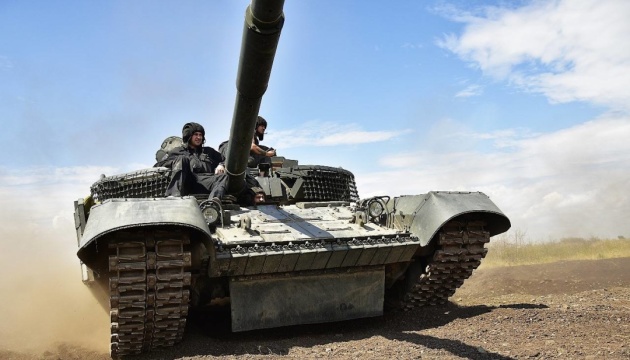

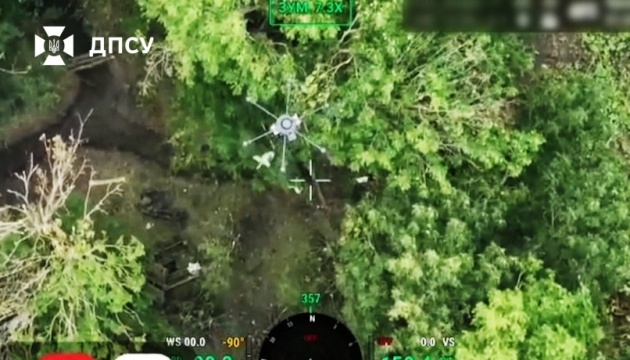

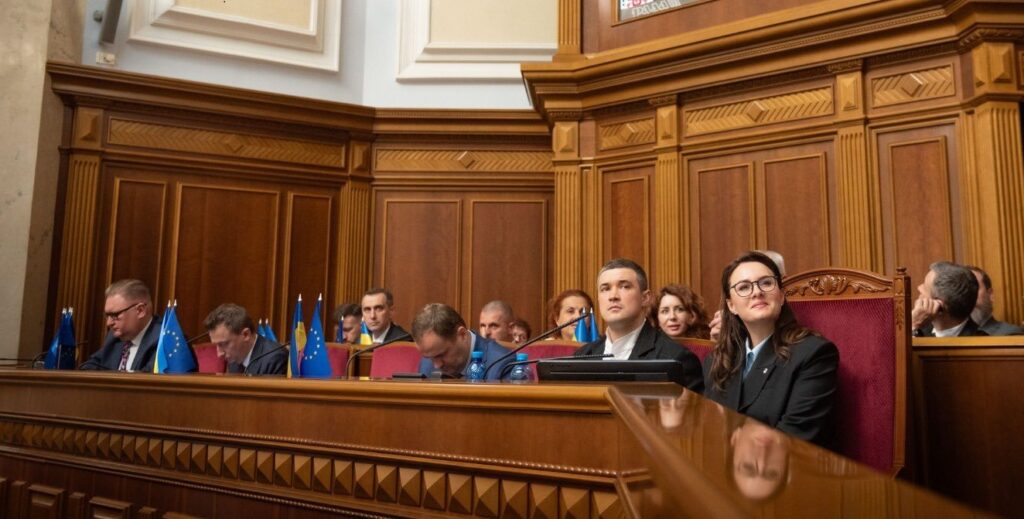

On 17 July 2025, Ukraine received a new government—the first full reshuffle since Russia’s full-scale invasion in 2022. The transition brought in a new prime minister, merged key ministries, and rebalanced power at the top of Ukraine’s wartime state. It was quiet but decisive—though not without raising eyebrows at home and abroad.
At the center of the overhaul is Yulia Svyrydenko, 39, who replaced Denys Shmyhal as prime minister. Shmyhal—who had held the post for a record five years—was appointed Minister of Defense, replacing Rustem Umerov, who in turn became Secretary of the National Security and Defense Council.
With the Cabinet now reduced to just 16 ministers, and several ministries merged or dissolved, it is one of the most compact governments in Ukraine’s modern history. The restructuring reflects not only a push for efficiency, but also a response to internal pressures and external scrutiny during wartime governance.
The reshuffle was controversial not only because of its scope, but because of its legal context. Under Ukraine’s law on martial law, dismissing or appointing the Cabinet is explicitly prohibited, and elections are suspended indefinitely. The move was, at best, a legal gray zone.
It also raised concerns beyond legality. The opposition pointed to consolidation of power in the hands of the President’s Office. One well-known political joke was revived to express that fear: “It’s like rearranging the beds in a brothel—nothing really changes.” The point wasn’t just that the personnel might be the same—it was that the same people behind the scenes remain in control, with limited checks from outside the executive.
So why now? With no elections and wartime restrictions in place, the question of timing loomed large—and demanded an answer.
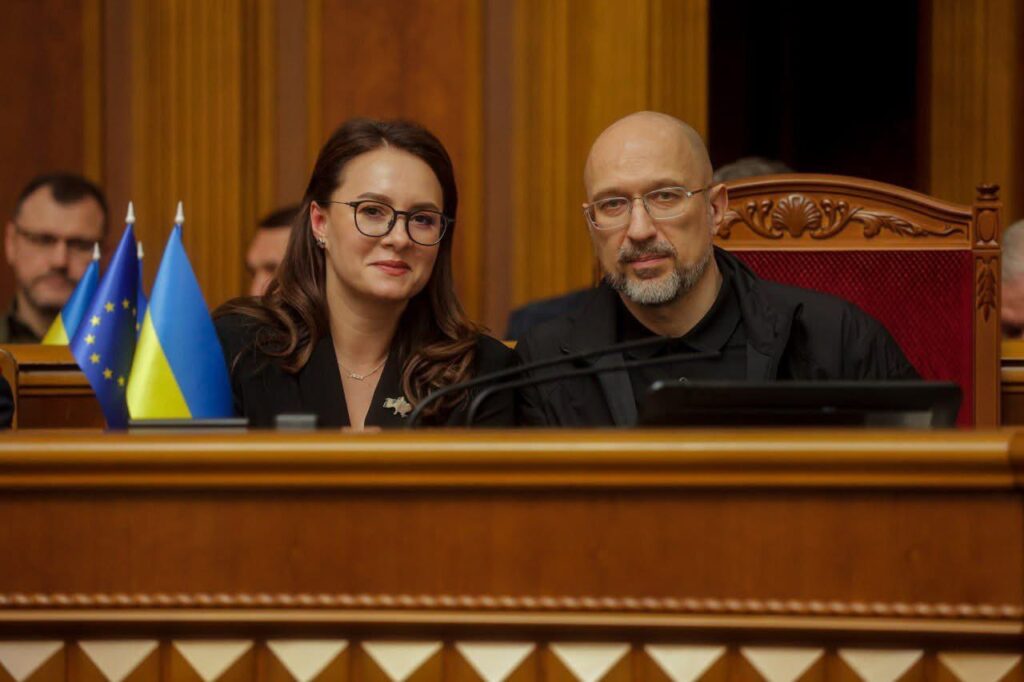
Political analyst Volodymyr Fesenko believes the change had been planned much earlier. “I think this is the implementation of a previously delayed decision. The reshuffle was already agreed in June, but it was delayed because the president had a full international schedule.”
Zelenskyy is known for periodic Cabinet changes.
“Last year, he didn’t replace the prime minister but changed half the government,” Fesenko told Euromaidan Press. “This time, the head of government was changed too. He rotates people when he feels something isn’t working.”
Another factor may have been Svyrydenko’s recent diplomatic success. According to Fesenko, she played a key role in managing sensitive economic negotiations with US counterparts related to the so-called “mineral deal”, helping to neutralize difficult political conditions. “That strengthened her standing,” he said.
However, Fesenko cautions against reading too much into a single cause. “There is no one particular reason for this reshuffle,” he said. “It is a combination of delayed plans, administrative adjustments, and political opportunity.”
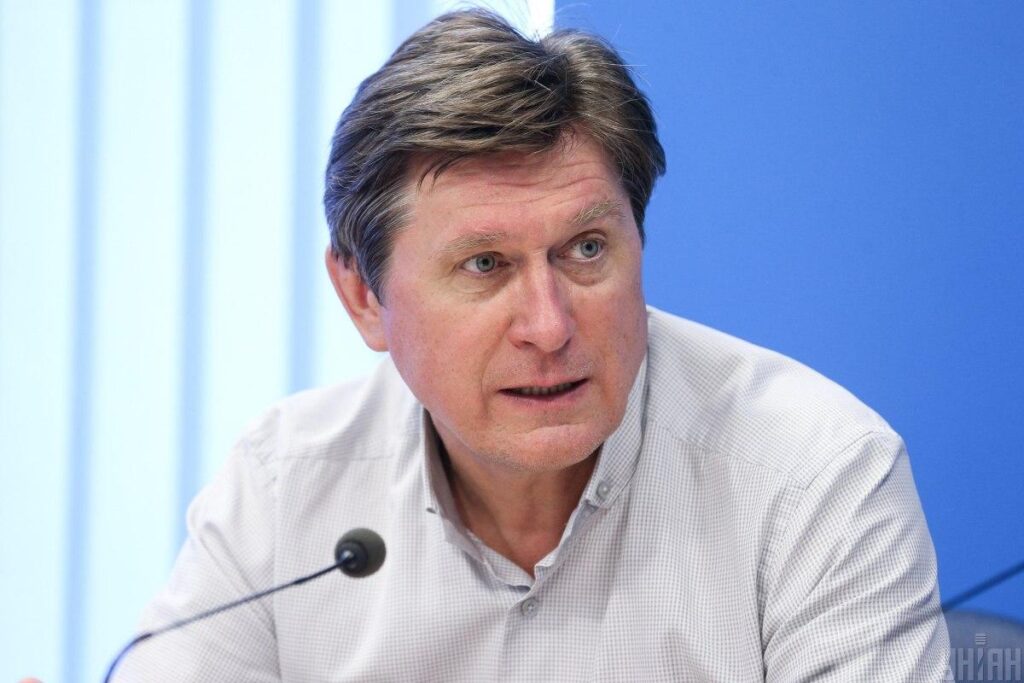
According to Ihor Chalenko, another political analyst, the government shakeup reflects growing consensus within the presidential camp that elections are not likely to happen any time soon. With martial law in place and war still ongoing, political updates must come from within the system.
“This is a reset without elections,” Chalenko told Euromaidan Press. “It signals change, rebalances power, and rebrands the government—without a vote.”
The timing allowed for a “reset” without major political risk—and provided a moment to address festering problems that had not been resolved by the existing team. The restructuring also comes amid increasing concern that Ukraine must refocus its executive branch to better coordinate diplomacy, economic recovery, and military production.

Much attention has focused on whether the change represents a power play by Andriy Yermak, head of the President’s Office, over David Arakhamia, the leader of the governing Servant of the People faction. Svyrydenko is widely seen as a close ally of Yermak; Shmyhal had been backed by Arakhamia.
But according to both Fesenko and Chalenko, the final result reflects power balancing, not a power grab.
Fesenko acknowledged that tensions between Arakhamia and the president had been real, particularly about six months ago, when Arakhamia traveled to the US and presented himself as a potential point of contact with the Trump camp. “He told people he was arranging meetings, even with Giuliani. That really irritated the president. Since then, he’s stepped back.”
Chalenko emphasizes that the government as reshaped remains a coalition of internal power centers. “Take Mykhailo Fedorov,” he said. “He’s now First Deputy Prime Minister. And he’s had friction with Yermak. If this reshuffle was purely about consolidation, that wouldn’t have happened.”
The civilian part of the government—especially economic and social portfolios—is now clearly under the coordination of the President’s Office. But the military sector, particularly defense procurement and arms production, includes other political influences and interest groups that remain outside Yermak’s full control. According to Chalenko, this division is what keeps the new government politically “balanced,” despite external perceptions of top-down centralization.

While the reshuffle wasn’t caused by scandal, recent events made it easier to justify.
In June, Oleksiy Chernyshov, then Deputy Prime Minister — Minister for National Unity, was accused of abuse of office and receiving unlawful benefits on an especially large scale. He was released on ₴120 million (about $3 mln) bail. As Fesenko notes, this allowed for a smooth exit. “He’s gone, and so is his ministry. The moment was convenient.”
More serious were the problems inside the Ministry of Defense under Rustem Umerov. In late 2024, it emerged that mortar shells manufactured in Ukraine were defective. A public battle followed between Umerov and Maryna Bezrukova, head of the Defense Procurement Agency, raising questions of internal sabotage and political interference. NATO and G7 partners were said to be deeply concerned.
Fesenko called the situation “ministerial chaos.” He added: “Key professionals were sidelined. There was no clear strategy. Shmyhal was never a big political figure, but he was a very effective coordinator inside the government. Now he’s tasked with bringing that skill to the defense sector.”
Chalenko agrees, though from a different angle. He sees the appointment as “a mark of personal recognition from Zelenskyy himself,” noting that Shmyhal had preserved balance in the Cabinet throughout his unusually long term as prime minister. “That continuity is now being transferred to the defense sector—along with added responsibility.”
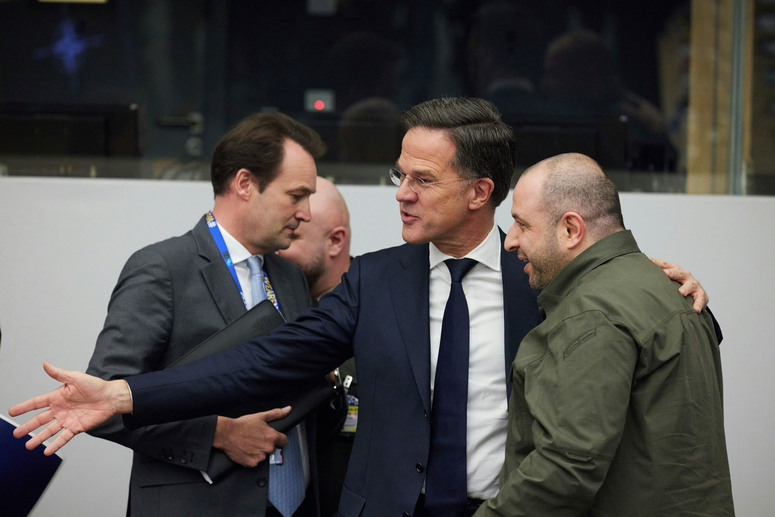
The reshuffle also served as a vehicle for long-delayed administrative reform. Plans to merge ministries and reduce overhead had existed since 2023. Now, with fewer ministers and larger portfolios, implementation became politically possible.
The Ministry of Economy now includes portfolios previously managed by the agriculture and environment ministries, forming what some analysts describe as a “superministry” at the heart of civilian administration.
But perhaps most pressing: Ukraine’s economy is under enormous strain. With American budget support drying up, and European aid increasingly tied to complex conditions, the country faces rising deficits and mounting fiscal pressure. Stabilization is now a core priority.
In this environment, Svyrydenko is expected to focus on economic management. She is considered a trusted figure among Ukraine’s Western partners, particularly in financial and trade negotiations. But she will also need to confront deepening structural problems: declining industrial output, sluggish recovery in private investment, and ballooning social spending.
Fesenko said: “She knows what parts of the system can be influenced—and what parts are off-limits. That gives her some room in the economic sphere, where Yermak is less hands-on.”
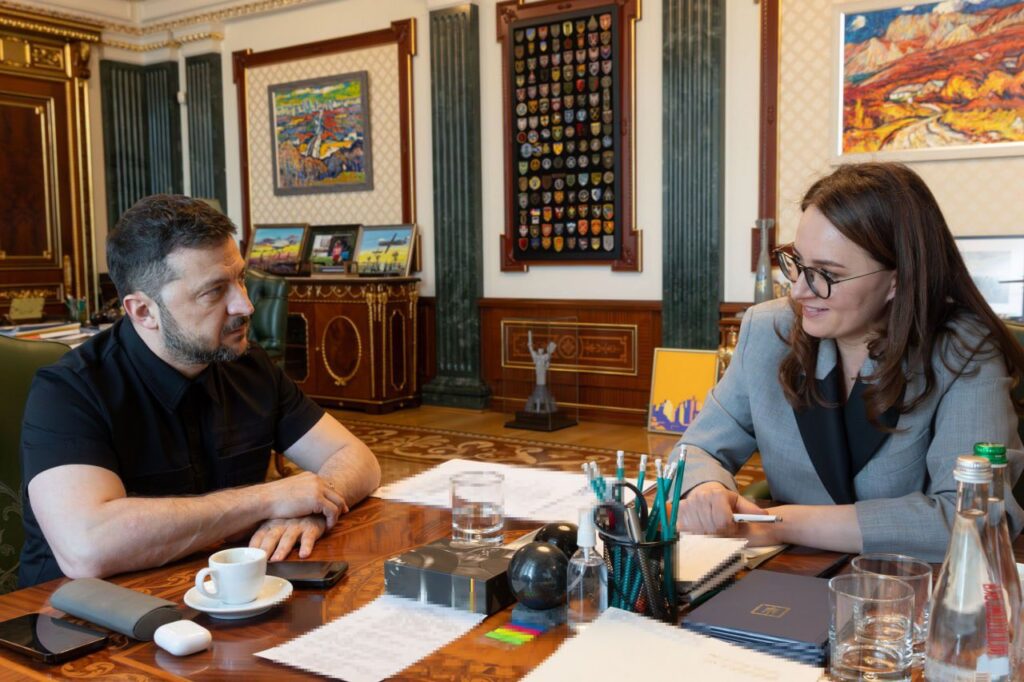
Ultimately, the reshuffle represents a wartime recalibration. It allowed the president to respond to internal disorder, public fatigue, and Western concern—without elections, and without open crisis.
It is not a dramatic political transformation. But it resets the executive without destabilizing the system. As Chalenko put it, “the government remains balanced—and therefore, it can be called Zelenskyy’s government.”
Whether that’s enough will depend not only on Svyrydenko’s performance, but on how long the war—and martial law—lasts.
In effect, this reshuffle functioned as a reset without elections—a shift in power that maintains political control while responding to pressure for change.
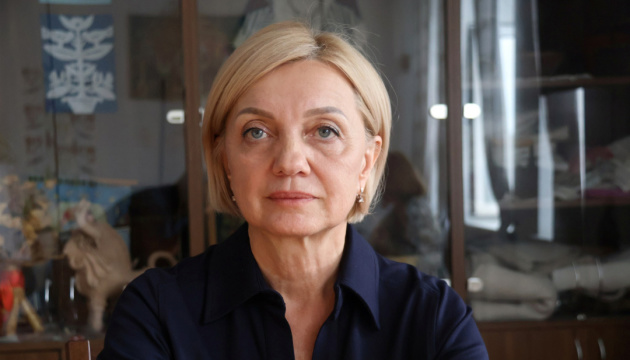

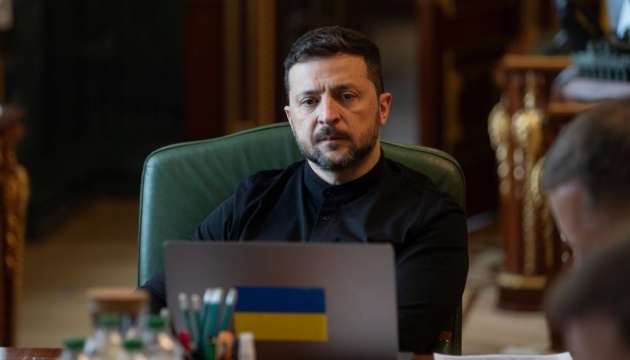



A global law enforcement campaign has dealt a blow to the pro-Russian cyber army known as NoName057(16). Europol confirmed that about 20 countries helped dismantle the network behind thousands of attacks on Ukraine’s supporters.
Europol reported that between 14 and 17 July, authorities from 12 countries launched Operation Eastwood. Europol and Eurojust coordinated the joint crackdown. The effort reportedly dismantled major parts of the pro-Russian cyber army’s infrastructure, including hundreds of systems.
Germany issued six arrest warrants for suspects based in Russia. Two are accused of leading the group’s activities. Spain issued another arrest warrant. France and Spain also reported one arrest each. All suspects are internationally wanted.
Authorities carried out 24 house searches and questioned 13 individuals across Europe. In Spain alone, 12 searches took place. Investigators also notified over 1,000 individuals believed to support the cyber group. Fifteen of them were administrators.
Other attacks struck during the European elections. Swedish government and banking websites were affected. In Switzerland, NoName057(16) launched attacks in June 2023, during a speech by Ukraine’s president to the Joint Parliament. Another wave occurred in June 2024 during the Peace Summit for Ukraine at Bürgenstock.
The most recent attack linked to the group targeted the NATO summit held in the Netherlands in June 2025. Europol notes that although the attacks caused disruption attempts, none led to substantial outages.
Europol identifies NoName057(16) as an ideological cyber network that operated without formal leadership. The group recruited mostly Russian-speaking sympathizers, many with little technical knowledge. Its structure relied heavily on gamified propaganda and incentives.
Volunteers received cryptocurrency payments and recognition through online shout-outs, badges, and leaderboards. Europol notes this method especially appealed to younger users who felt emotionally involved in Russia’s political narratives.
To simplify participation, NoName057(16) distributed guides and tools like DDoSia. Europol also launched a prevention campaign warning suspected supporters of their criminal liability, delivered via the same communication platforms.
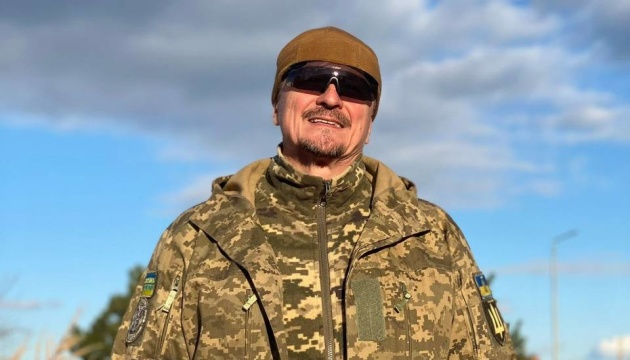

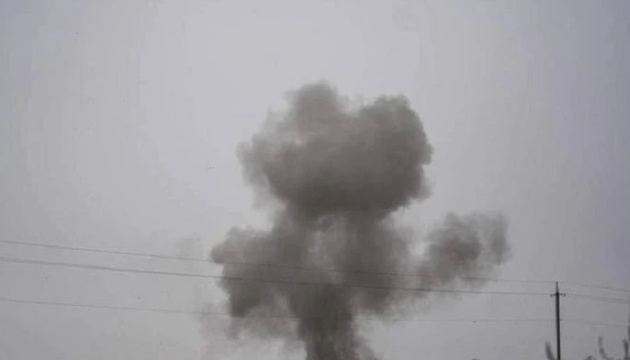


© via REUTERS
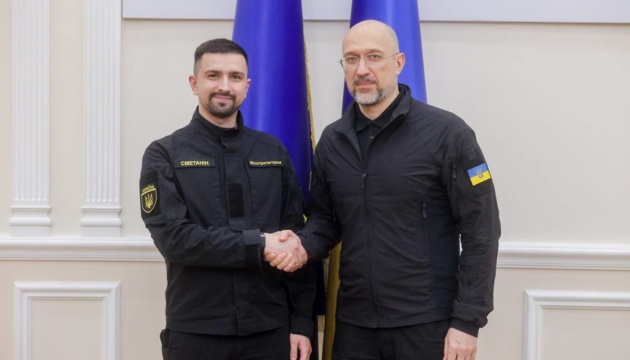




Five missiles and 30 drones hit 12 locations, and seven locations were hit by downed aerial objects

© State Emergency Service of Ukraine/Reuters
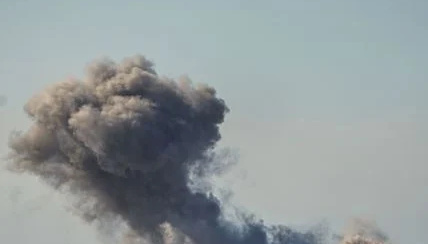

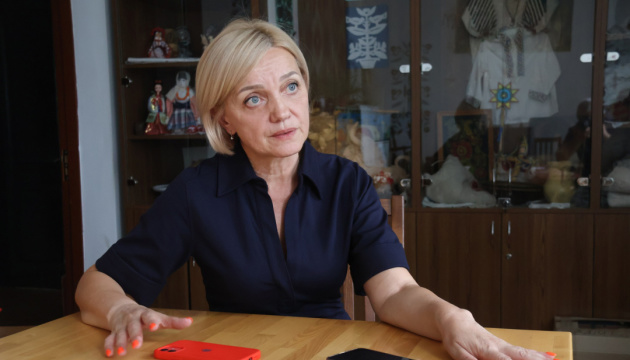

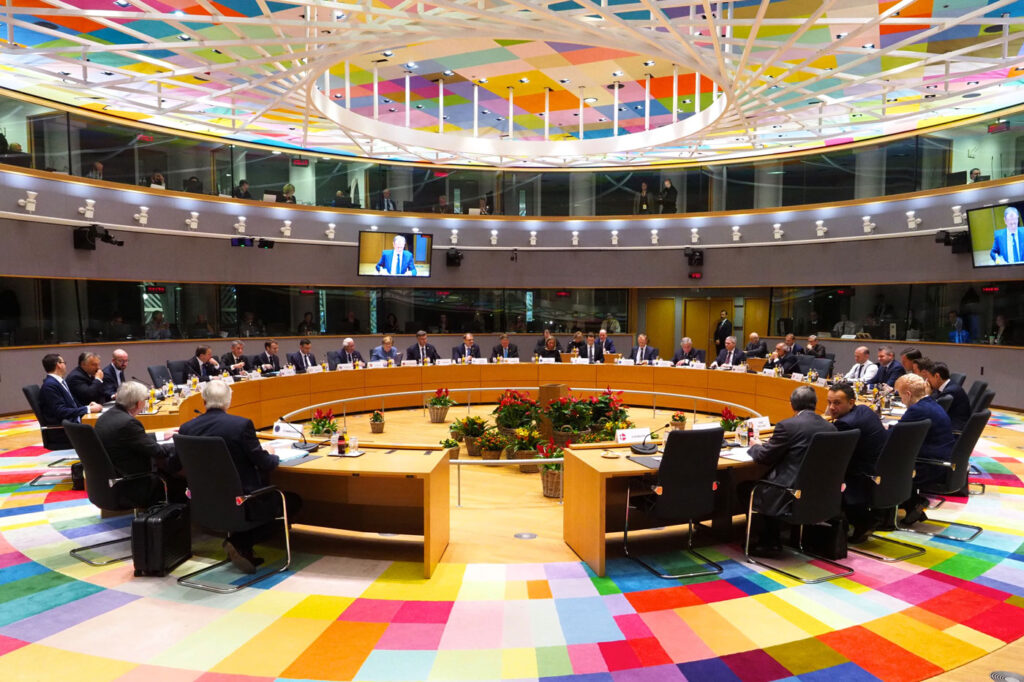

As the EU ramps up economic pressure, the Kremlin scrambles to downplay sanctions by pushing claims of immunity and resilience. But behind the bravado, top Russian officials are quietly conceding the growing toll on the country’s economy, according to the think tank Institute for the Study of War (ISW).
ISW reported on 18 July that Russian officials are continuing to falsely claim that the European Union’s newest sanctions have no significant impact on the Russian economy. Kremlin Spokesperson Dmitry Peskov alleged for no reason that the EU’s sanctions are illegal, and insisted Russia had already adapted to life under restrictive measures. He stated that the Kremlin would analyze the effects of the latest sanctions package and minimize their impact. Peskov also stated that the sanctions ostensibly ultimately harm those who imposed them.
Russian Security Council Deputy Chairperson Dmitry Medvedev responded to the EU’s newest package by asserting that Russia’s stance remains unchanged and that the country’s economy will endure. He went further, threatening to increase strikes on Kyiv and other Ukrainian cities — which has already been happening for years. Medvedev declared that Russia must learn to “hate” the EU and what he described as its “Russophobia” as much as its ancestors did.
Kirill Dmitriev, CEO of the Russian Direct Investment Fund (RDIF) and Putin’s Special Representative for Investment and Economic Cooperation with Foreign Countries, echoed similar showy defiance. He claimed that the sanctions hurt Europe more than Russia by closing Russian markets to European businesses and disrupting the continent’s energy supply. Meanwhile, Head of the Russian State Duma Committee on Financial Markets Anatoly Aksakov dismissed the new financial sanctions as insignificant, calling them “just a fluctuation in the air,” since Russian banks were already operating under EU restrictions.
Despite these bold public statements, ISW highlighted that some senior Russian officials are now quietly admitting that sanctions are taking a toll on the economy. The Moscow Times reported on 17 July that Russian Energy Minister Sergei Tsivilev recently told the Russian Federation Council that Western sanctions are making it difficult for Russian oil companies to obtain parts needed to repair refineries.
Russian Central Bank Chairperson Elvira Nabiullina openly stated on 19 June that Russia has “exhausted many of its free resources” since the start of the full-scale invasion and must now search for a new growth model. Minister of Economic Development Maxim Reshetnikov also acknowledged during SPIEF that the Russian economy stands “on the brink of recession.”
ISW underscored that sanctions evasion through the People’s Republic of China and other third-party networks is now a key pillar of Moscow’s strategy. The Kremlin has built a network of actors designed to bypass Western restrictions, and has started reconfiguring its economic policies and business models to survive sanctions in the long run. However, ISW wrote, hinting on Washington’s hesitation to adopt news sanctions against Russia:
“The EU’s newest sanctions are a positive step, but wider Western compliance and enforcement are necessary to inflict maximum economic pressure on Russia.“
The EU’s 18th sanctions package, approved on 18 July by the European Council, sharply undercuts Russian oil revenues. It slashes the oil price cap to $47.60 per barrel, bans Nord Stream pipeline transactions, and blacklists 105 more shadow fleet tankers—bringing the total to 444. It also targets entities tied to Rosneft and ends Czechia’s exemption for Russian oil.
Refined products from Russian crude are banned unless processed in select Western countries. Though the Kremlin budgeted for losses, these sanctions are expected to cut far deeper—threatening the third of federal revenue tied to oil.


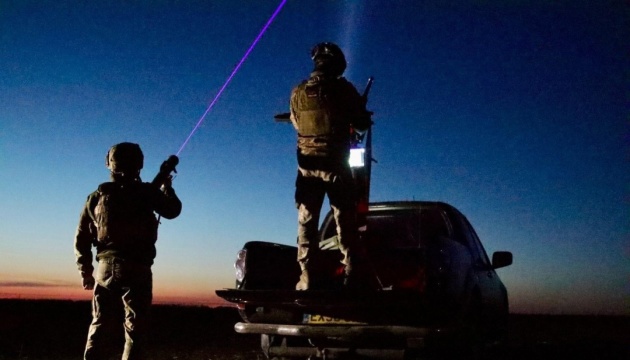



© Ukrainian Emergency Service via AP
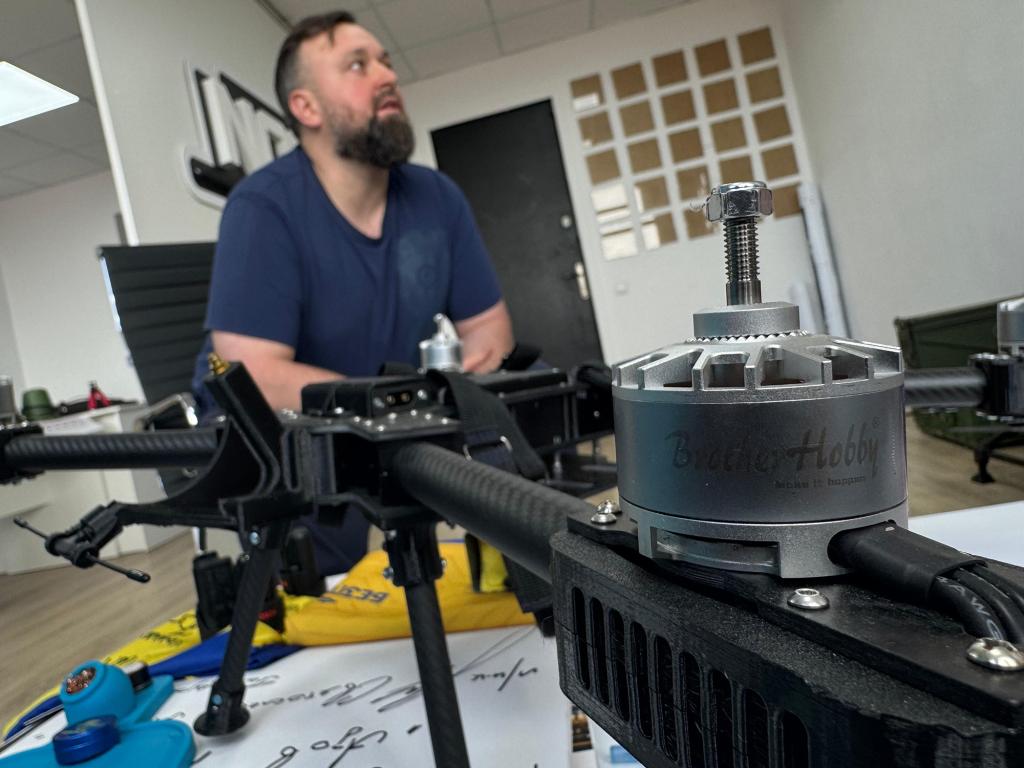

Ukrainian factories building drones to down Russian aircraft are changing the face of modern air defense — one low-cost interceptor at a time. On 18 July, the New York Post published a reportage about its journalists visiting two drone production facilities in Kyiv. The publication got an inside look at how Ukraine is confronting drone warfare with ingenuity and affordability.
The New York Post says Nomad Drones and a second, anonymous company are leading a new surge in Ukrainian factories building drones. These interceptors are crafted specifically to neutralize Russian-launched Shaheds, which cost around $50,000 apiece. Meanwhile, Ukraine’s new models are dramatically cheaper — priced between $3,000 and $7,000, depending on type and size.
Nomad Drones co-founder and CEO Andrii Fedorov explained the concept to the NYP.
“In Ukraine, there is a phrase people have been using — that ‘quantity’ becomes ‘quality,’” he said.
According to Fedorov, deploying a $1 million missile to destroy a $50,000 drone makes no economic sense.
“If you have 20 drones, then the capacity costs you, say, $40,000 to shoot it down.”
Nomad’s aircraft are designed for cost-effective lethality. Equipped with fiber-optic cables, they avoid jamming and reach enemy drones undetected by radars. Each unit carries explosives and can be detonated remotely on approach. That ability is critical against fast-moving targets like Shaheds, often launched in swarms across Ukrainian airspace.
A second firm — unnamed in the report due to repeated Russian strikes on its facility — builds a meter-long missile-style interceptors. That company continues operating despite multiple attacks.
“It’s all about cost-effectiveness,” an employee said. “Western technologies are so cool and modern — they are expensive at the same time.”
The strategy centers on affordability, speed, and scalable output. Nomad Drones and others now produce tens of thousands of interceptors monthly. These low-cost systems are not meant to endure — they’re made to fly once, explode midair, and protect civilian lives.
Tis model contrasts sharply with existing Western air defense systems, which rely heavily on expensive precision strikes. With Russia launching over 700 drones in a single night last week, Ukrainian engineers have prioritized high-volume production as the only viable path forward.
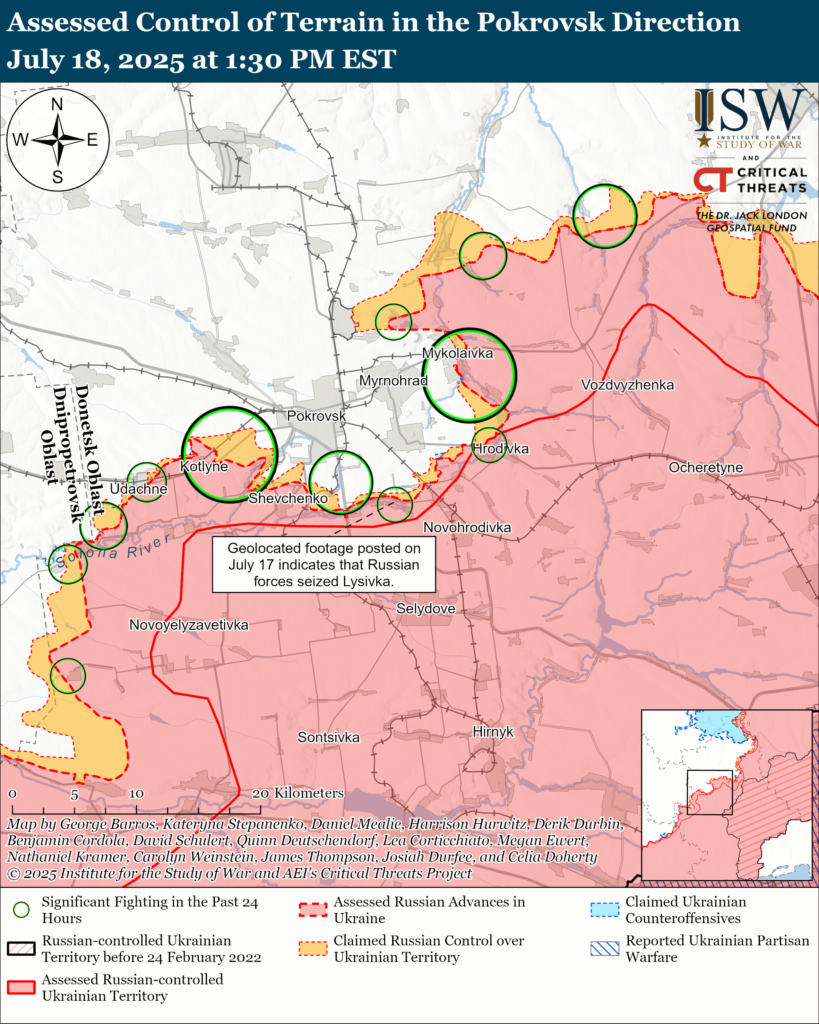

Russian saboteurs tried to infiltrate Ukrainian lines in Pokrovsk, Donetsk Oblast. Ukrainian troops intercepted and eliminated them, Ukraine’s top general Syrskyi confirmed. The attack came amid intensifying fighting across Donetsk, Sumy, and Kharkiv oblasts, as Russian forces press multiple axes of advance.
Ukrainian Commander-in-Chief Oleksandr Syrskyi reported that Russian saboteurs in Pokrovsk attempted to breach Ukrainian defenses on 18 July. The group, described as a DRG — diversionary and reconnaissance group, failed to reach the city. Ukrainian defenders spotted them in time and destroyed the entire group.
Syrskyi posted the update at 22:07 on 18 July via Telegram. He said Ukrainian troops “courageously repel intensified pressure and destroy the Russian aggressor” along the Pokrovsk and Novopavlivka axes. These fronts in Donetsk Oblast were the main focus of his report to President Zelenskyy, who also serves as Ukraine’s supreme commander.
Syrskyi named several units that contributed to Ukraine’s recent defensive success. He highlighted the 59th Assault Brigade and Special Operations Forces operating on the Pokrovsk axis.
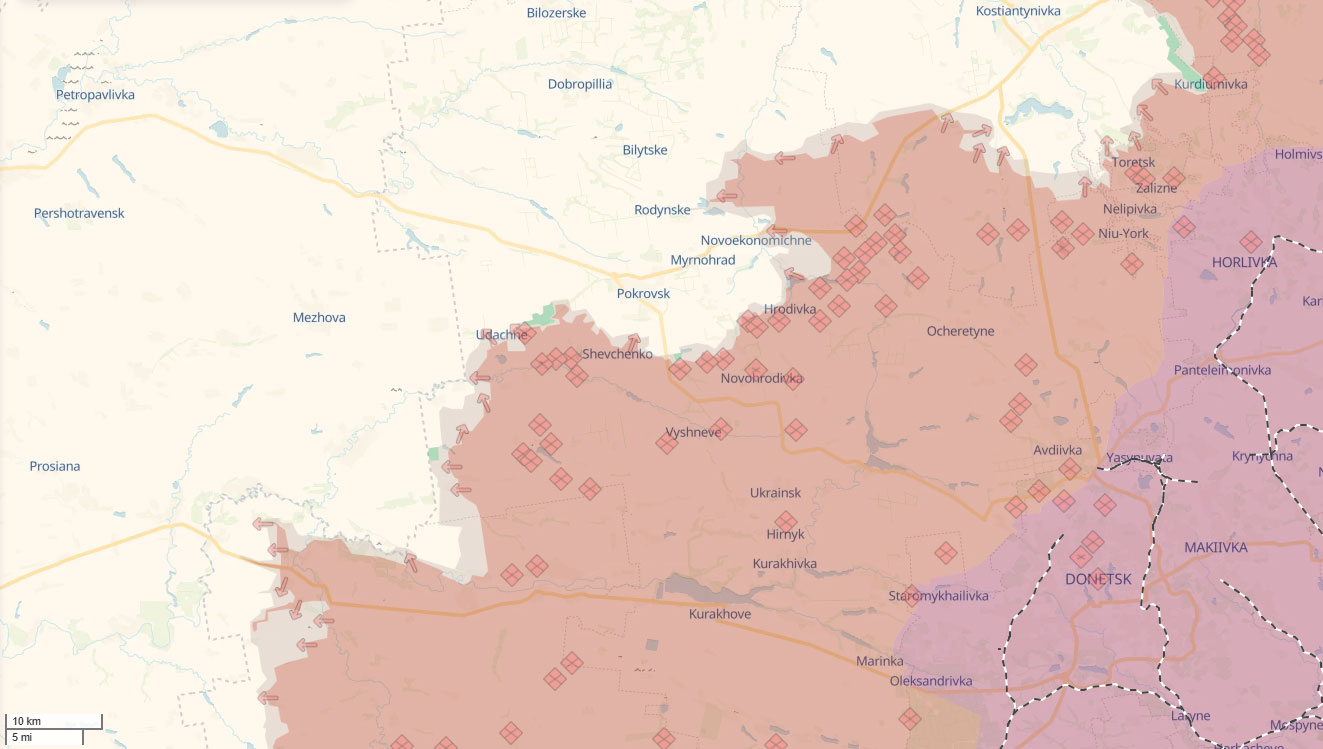
He also praised units on other fronts. These include the 225th Separate Assault Regiment and 95th Air Assault Brigade in the Siversk direction (northeastern Ukraine), the 3rd Assault Brigade near Kupiansk (Kharkiv Oblast), and the 82nd Air Assault Brigade and 14th National Guard Brigade near Dobropillia (Donetsk Oblast).
Additionally, the 5th Assault Brigade and elements of the 225th Regiment fought in the Novopavlivka direction, which Syrskyi also called a high-pressure area.
According to an 18 July report by the Institute for the Study of War (ISW), Russian forces “recently advanced near Pokrovsk” and in northern Sumy Oblast. ISW classifies Pokrovsk as part of Russia’s Subordinate Main Effort—aiming to capture all of Donetsk Oblast and potentially push into Dnipropetrovsk Oblast.
Ukrainian OSINT project DeepState reported similar activity. On 18 July, it noted Russian advances near Voskresenka, Zelenyi Hai, and Yablunivka—all in Donetsk Oblast.
On 19 July, DeepState added that Russian troops had occupied a different Yablunivka in Sumy Oblast. They also advanced near Yunakivka (Sumy Oblast), Khatnie (northeastern Kharkiv Oblast), as well as Romanivka and Toretsk (Donetsk Oblast).
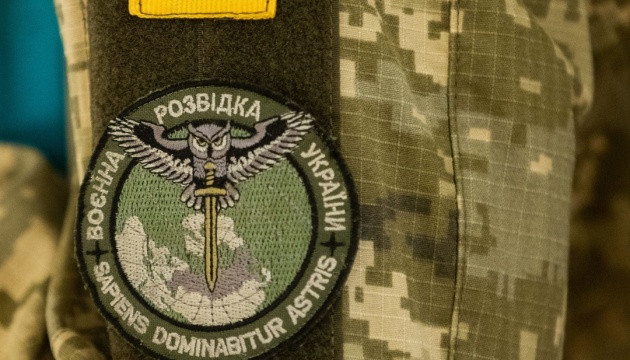

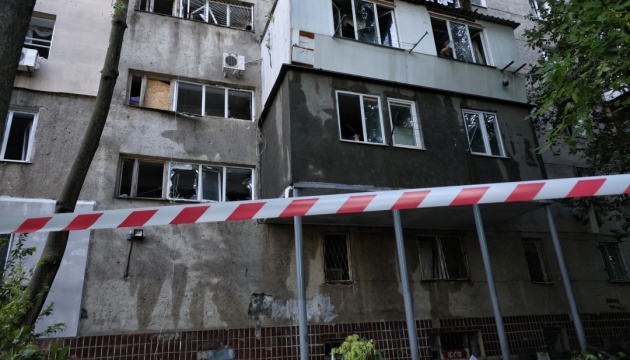

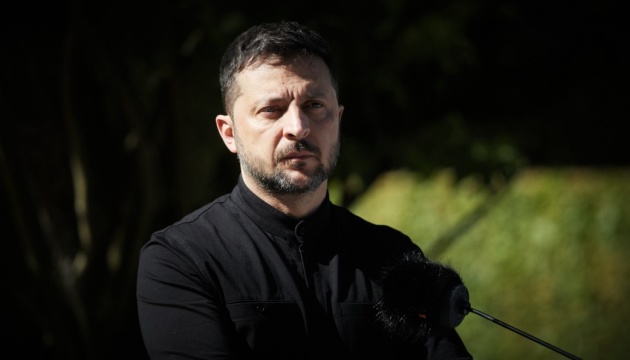



Every time I look at my bank card, I smile. Not because I have so much money, but because the bank is called PrivatBank.
A “private” bank. Except it’s not. Founded in 1992 by future oligarchs Ihor Kolomoyskyi, Hennadii Boholiubov, and Serhiy Tihipko, it was nationalized in 2016 after it emerged that just 5% of its loans had gone to stable, well-known companies. The rest went to offshores or hastily formed shell companies.
Since then, PrivatBank has stayed in state hands. So every time I make a payment, I’m making a small contribution to the state budget.
Despite the fate of PrivatBank, before Russia’s full-scale invasion, Ukraine had been moving slowly but steadily toward a leaner government. Some of the old Soviet-style giants had been cut down to size. The farmland market had opened. Selling minority stakes in key state-owned firms was on the table.
Then the full-scale war started—and changed everything. Over the past three years, Ukraine’s public sector has grown to its largest size since the 1990s.
By the third quarter of 2024, the National Bank of Ukraine reported that state-owned banks controlled 53% of all banking assets and held over 60% of all retail deposits.
Government spending has grown dramatically, too: Ukraine’s Finance Ministry announced the 2025 state budget allocates 26.3% of GDP to defense and security. The state now controls not only banking and defense production but also energy and much of the digital economy.
It’s easy to see why—survival trumps ideology—but without a clear plan for scaling back later, this state-heavy approach could become a problem in itself.
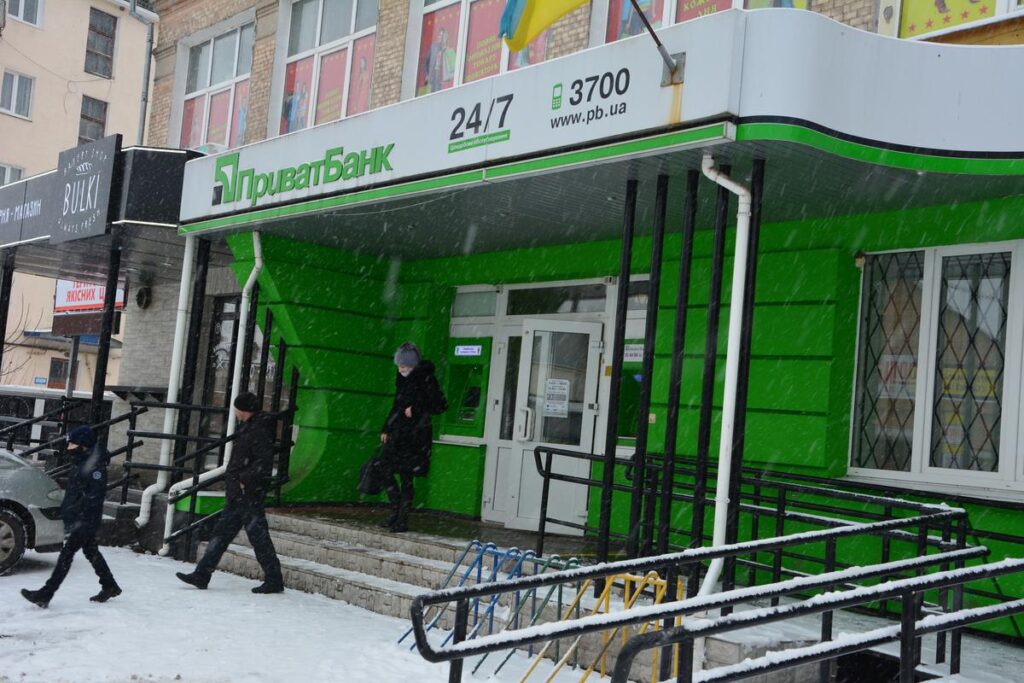
Ukraine’s banks have earned nearly UAH 255 billion (€6 billion) since the start of the full-scale war, Ukrainian Business News calculated.
In 2024 alone, Opendatabot found banks made a record UAH 104 billion (€2.5 billion) in net profits—20% more than in 2023—and paid UAH 83.7 billion (€2 billion) in taxes on those profits, almost twice as much as the year before.
Seven state-owned banks made UAH 67.2 billion (€1.6 billion), accounting for 65% of the sector’s total profits.
PrivatBank alone made up 39% of all banking profits in 2024 and contributed UAH 40.9 billion (€980 million) in taxes—almost half the total for the sector.
Part of this success comes from access to cheap international loans. The country’s second-largest bank by assets after PrivatBank, Oschadbank, for instance, uses funds from the European Bank for Reconstruction and Development to finance solar and wind energy projects that help stabilize the grid—often at below-market rates. That gives state-owned banks a big advantage.
Even the IMF has taken notice. In its June 2025 report, the International Monetary Fund warned that expanding state control in banking should only happen when necessary for stability or national security—and only during martial law. It also advised Ukraine to reduce state ownership once the war ends.
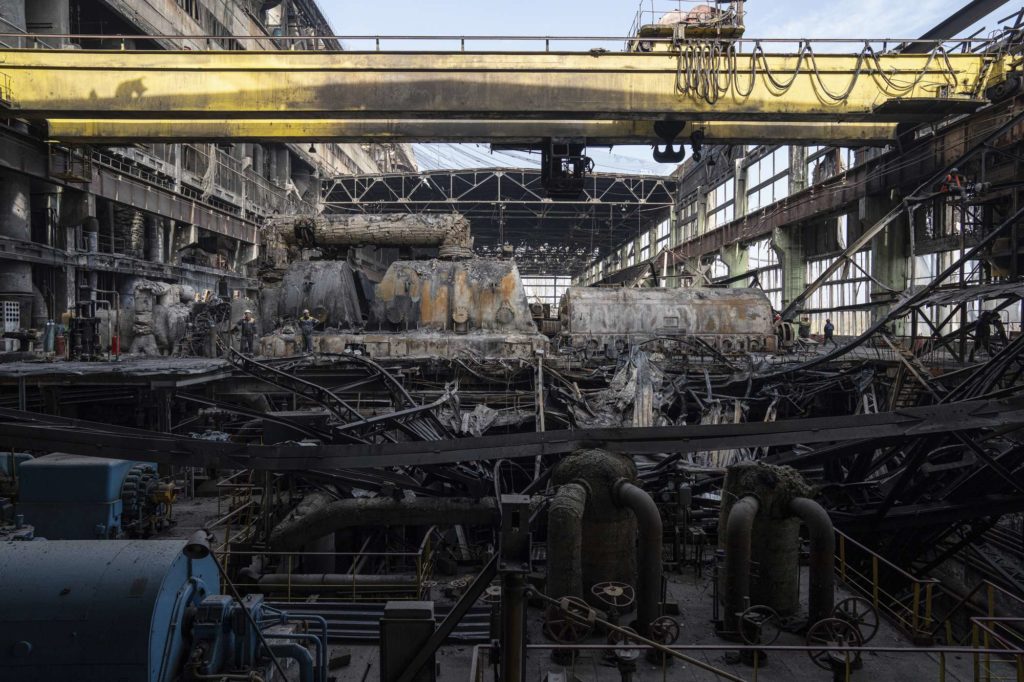
Banking isn’t the only sector under government control. In energy, the state-run company Ukrenergo keeps the grid running despite regular Russian attacks—allowing every other part of the economy, from heavy industry to small service providers, to continue operating.
Because of this, even private households can maintain a semblance of normality under wartime conditions. Ukrenergo does this with the help of low-interest loans from European donors.
Oschadbank, for instance, channels donor finance into 30-megawatt battery farms and hybrid solar-wind parks—critical infrastructure the country urgently needs more than ever.
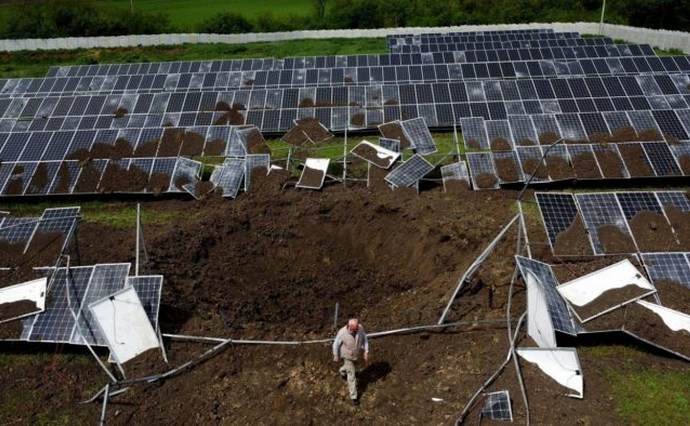
Russian forces have destroyed 70% of Ukraine’s available generation capacity since the start of the full-scale war, and the key to keeping the lights on lies in decentralization: smaller, distributed energy sources are harder to hit and easier to repair than large centralized power plants.
In defense, the old Ukroboronprom group has been turned into a new company called Ukrainian Defense Industry. The Stockholm International Peace Research Institute reported its revenue rose 69% in 2023 to $2.2 billion (€2 billion).
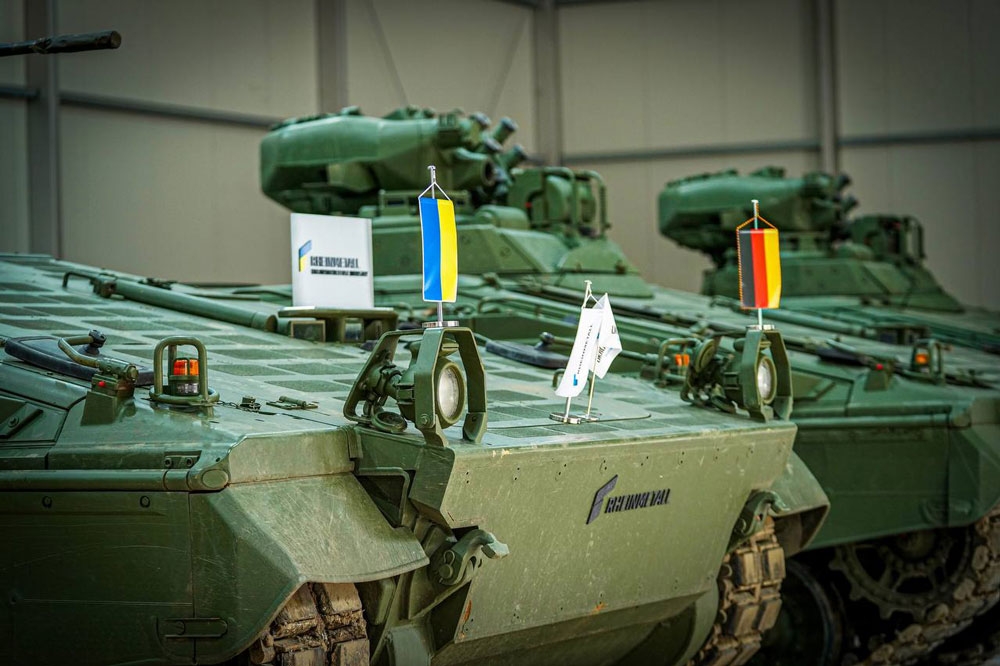
Agriculture is still mostly private, but the World Bank documented how the state controls grain exports and fuel allocation across the country.
Even the IT sector works under a special government regime. The Diia City programme—a virtual free economic zone that offers a flat 9% profit tax—now includes more than 1,640 companies and nearly 100,000 tech professionals, according to Ukraine’s Ministry of Digital Transformation.
Not all government takeovers are popular. One high-profile case was the seizure of IDS Ukraine, which makes the beloved Morshynska mineral water. Interfax Ukraine reported that the entire company was confiscated because of minority Russian ownership.
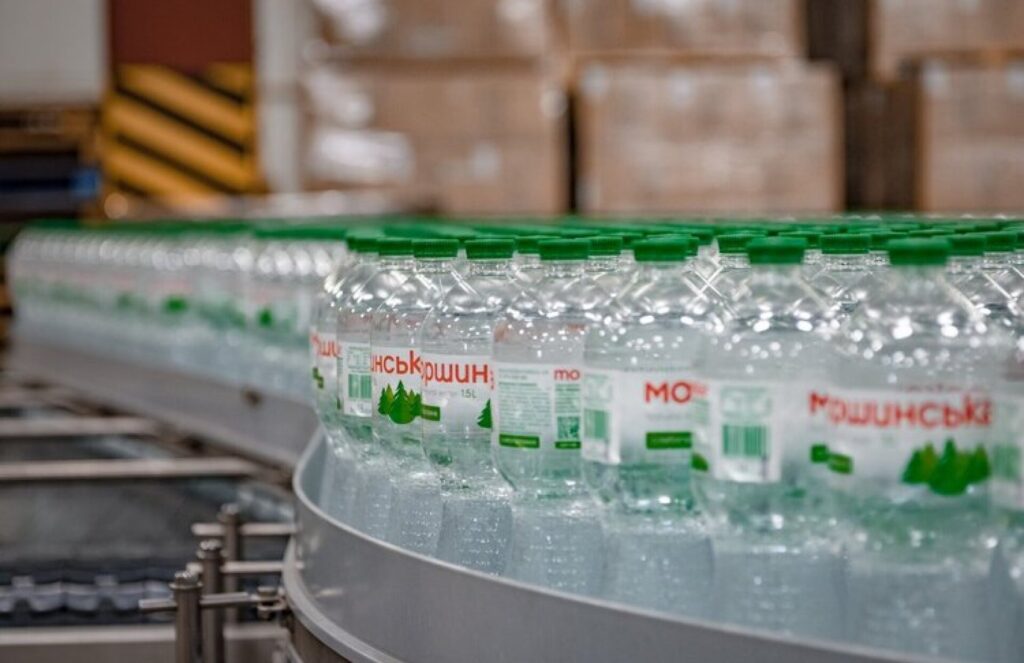
Critics say that such moves, while understandable during wartime, create risks for private business—especially when a brand controls 40% of the market.
Moves like this can shake consumer confidence, but more critically, they deter potential investors. Who would risk their capital in a country where an entire company might be seized simply because another shareholder has a questionable ownership structure?
These actions also raise uncomfortable questions: are such practices compatible with democracy? Is Ukraine truly the democratic state it claims—or aspires—to be?
All things considered, Ukraine’s wartime economy has so far held up pretty well. The Kyiv School of Economics forecast GDP growth around 3% this year, inflation dropped below 10% in early 2025, and the banking sector is stable and profitable.
But all that success has its downsides. A major one is that state-owned companies now generate so much revenue that political leaders might be reluctant to give them up.
Talk of privatization has gone quiet. The Ministry of Economy has mentioned the idea of selling small stakes in state companies after the war, but there’s no clear plan or timeline. And most foreign investors remain hesitant—especially those who aren’t prepared to take big risks.
At the same time, Ukraine’s international allies are growing impatient. The IMF warns that permanent state dominance is bad for competition.
Brussels, eyeing EU accession, wants governance standards that private capital can trust. Kyiv faces a tightrope: keeping scarce capital flowing while signaling that the state’s wartime reach is temporary.
There are ways forward. One idea is to introduce “sunset clauses”—laws that would require the government to reduce its ownership in major companies to less than 25% within five years of the end of martial law, unless parliament votes to delay.
Another idea is to issue war bonds that could later be converted into shares in state firms. That would help prepare these companies for privatization by spreading ownership more broadly.
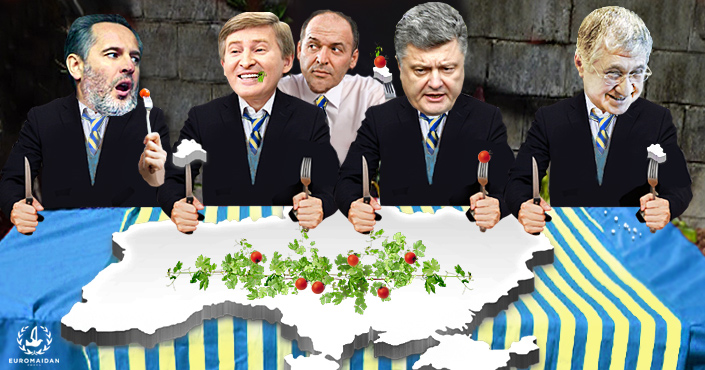
Still, even that comes with challenges. Ukraine’s economy is still influenced by a small group of powerful oligarchs. The government has tried to reduce their power by limiting “vertical integration”—a polite way of saying monopolistic control—but progress is slow.
Selling off large, profitable state companies could risk strengthening the old oligarchs or creating new ones.
Above all, Ukraine needs a clear strategy. Without it, the strong wartime state could become a barrier to post-war recovery.
When even a “private” bank becomes a symbol of government control, it’s time to ask: where does wartime necessity end, and long-term dependency begin?
Whether the new government will chart a different course—or simply manage the status quo—remains an open question.
| Total profit by Ukrainian banks during 3.5 years of war | UAH 255 billion (€6 billion) |
| 2024 profit of the banking sector | UAH 104 billion (€2.5 billion) |
| 2024 profit taxes paid by banks | UAH 83.7 billion (€2 billion) |
| Share of profits from 7 state-owned banks | UAH 67.2 billion (€1.6 billion) |
| PrivatBank’s tax contribution in 2024 | UAH 40.9 billion (€980 million) |
| Defense and security spending in 2025 | 26.3% of GDP |
| Share of banking assets held by state-owned banks (Q3 2024) | 53% |
| Share of retail deposits held by state-owned banks (Q3 2024) | 60% |
| Projected GDP growth in 2025 | ~3% |
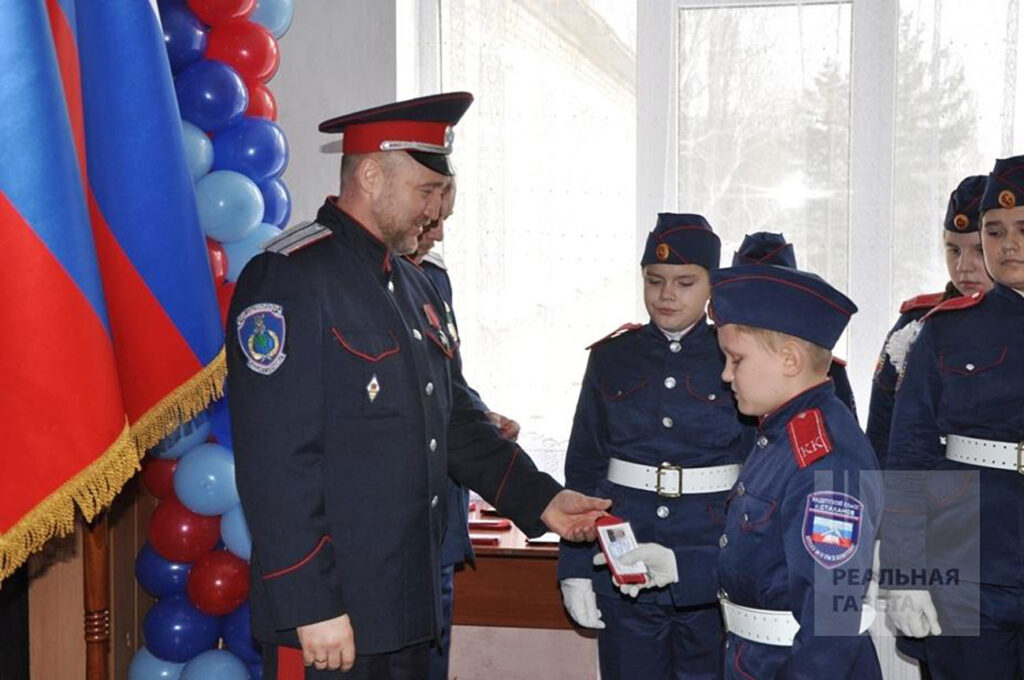

Russia moves to erase Ukrainian language from schools in occupied Ukrainian territories, the UK Ministry of Defense reported in its 18 July 2025 intelligence update. A draft order from Russia’s Education Ministry outlines plans to eliminate Ukrainian from school curricula starting September 2025. The Ministry justifies the move by citing an allegedly “changed geopolitical situation.”
The draft order will primarily affect children in Russian-occupied areas of Zaporizhzhia and Kherson oblasts, where Ukrainian has remained a mandatory subject despite the occupation. Under the new plan, schools will no longer be allowed to teach Ukrainian as part of the core curriculum. The order also reportedly reduces the study of Ukrainian literature to a minimal level, further cutting off cultural education.
The UK Ministry of Defense reported:
“This follows reported long-term Russian efforts to reduce and eliminate the Ukrainian language in schools in other illegally occupied Ukrainian territories, including Crimea, whilst Russia’s President Putin has simultaneously repeatedly demanded protections for the Russian language within unoccupied territories of Ukraine.”
The UK Ministry of Defense reports that the Russian Education Ministry’s plans mark “a further addition” to the Kremlin’s “long-standing Russification policy” in occupied Ukrainian territory — a campaign that seeks to “extirpate Ukrainian culture, identity, and statehood.”
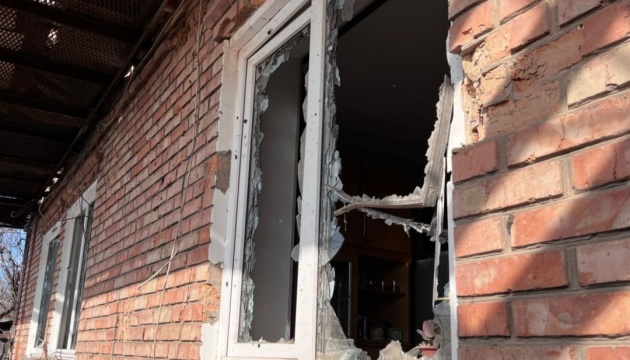


One war veteran watched Usyk’s win over Daniel Dubois while on the frontline

© Associated Press




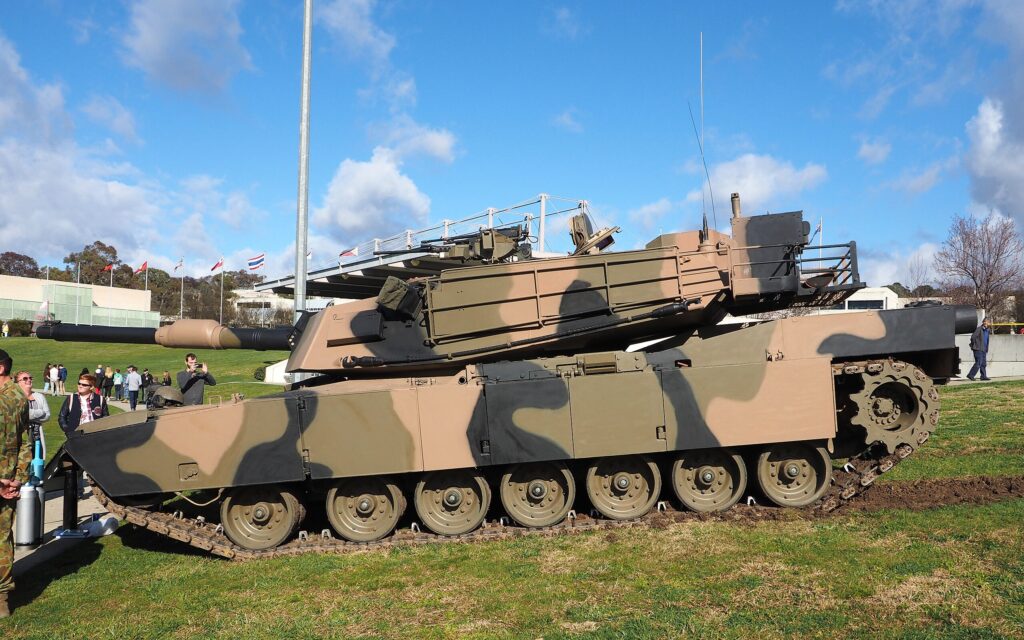

Australia’s Abrams tanks have arrived in Ukraine, but reports differ on whether this is the first batch or the majority of the 49 pledged. Sky News and The Guardian describe the shipment as the first tranche, but then noted that “the majority” has been delivered. In contrast, Reuters reports that Ukraine has received most of the pledged Australian tanks, with the rest to follow.
Australia’s retired Abrams tanks arrive in Ukraine as part of a 245 million AUD (about $160 million) military aid package promised last October. Reuters reports that Canberra has already handed over most of the previously pledged 49 M1A1 Abrams, with the rest due in the coming months. Sky News Australia, however, states this is the first arrival, noting a nine-month delay since the tanks were pledged. The Guardian, citing the Australian Associated Press, also calls it the “first tranche,” but then adds:
“A majority of the tanks have been delivered and a final tranche will arrive in the coming months, but actual numbers have not been released.“
Australia’s Defense Minister Richard Marles said the Abrams tanks “will make a significant contribution” to Ukraine’s effort to repel Russia’s invasion. He emphasized their role in boosting Ukrainian firepower alongside other Western-supplied equipment. The country’s Defense Industry Minister Pat Conroy added, “Australia stands shoulder-to-shoulder with Ukraine.”
Australia’s Abrams tanks arrive in Ukraine alongside broader support totaling more than 1.5 billion AUD or $980 million since February 2022.
Canberra also plans to send a Wedgetail surveillance aircraft to Europe in August. The aircraft will help safeguard aid corridors delivering supplies into Ukraine. At the same time, Australia maintains export bans on alumina and aluminum ores to Russia. About 1,000 Russian individuals and entities remain under Australian sanctions.
Alongside military support, Australia is negotiating a non-binding security pact with Ukraine. More than two dozen nations have signed similar agreements with Kyiv. These arrangements focus on political and military cooperation but do not include formal defense guarantees.
A second bilateral deal aims to eliminate double taxation between the two countries. Officials expect it to encourage foreign investment in Ukraine’s postwar reconstruction.
